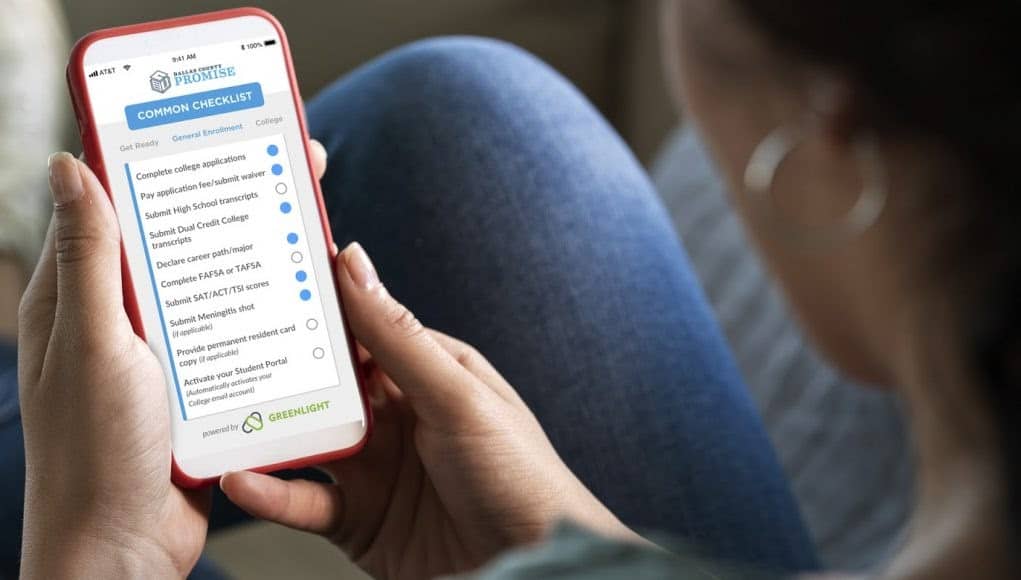How Portable Learning Records Will Unlock Education And Employment Opportunities

Imagine grabbing a math badge on Khan Academy and automatically jumping to the next lesson in school. Imagine having a tutor that knows how you learn best and where you left off at school.
Imagine moving to a new school and having teachers equipped to personalize learning from day one including accommodating your learning differences.
Imagine completing a course and earning a credential and automatically unlocking work-based learning opportunities and receiving college entrance invitations.
While Amazon, Facebook, and Google have a comprehensive record of each of us, many schools still rely on a paper-based list of grades completed and classes passed as their record of progress.
Comprehensive learner records would help students, teachers, and guardians track progress, coordinate services, and make informed decisions.
And just like taking a Netflix movie from an iPad in the kitchen to the living room TV, a digital learning record would move seamlessly with a learner from formal to informal learning environments.
A comprehensive digital record would include transcript data such as grades, courses, and state test results; local assessments and feedback on success skills; demonstrated levels of mastery and earned certifications; record of services received and work and service experiences. An accompanying portfolio would allow learners to curate their personal bests.
During and after high school, a digital learning record provides secure and verifiable learning and employment record tracking recognitions, competencies, and evidence of achievements.
Portable digital learning records would benefit from better tagging and tracking, more interoperability, better transcripts. and learner management.
Tagging and Tracking
Many high schools and colleges are interested in helping to develop success skills and job-specific skills but it has been hard to define, measure, and report mastery of these competencies.
Groups like Open Skills Network make it easier to tag and certify capabilities in ways that are discoverable by employers enabling skills-based hiring (rather than relying on degrees as weak proxies for capabilities).
While there is more data about learner progress than ever, much of it is trapped in dozens of applications. Project Unicorn promotes data interoperability: “the seamless, secure, and controlled exchange of data between applications.”
Mesa Cloud is a student progress platform that enables early warnings, gap analysis, and tracks student’s achievement against their best graduation path.
Better Transcripts
In formal secondary and postsecondary education, a transcript is an important summary of a comprehensive learner record.
Mastery Transcript Consortium is 368 of America’s leading high schools working together on a digital high school transcript that helps learners share their unique strengths, abilities, interests, and histories
The PIVOT Project, led by IMS Global in partnership with the OESIS Network of 600 independent schools, is creating interoperable records and next-generation transcripts. OESIS schools use Portfolium as a curriculum map, badging platform, and mastery grade book. (See Future of the K-12 Transcript report).
Greenlight Credentials enables north Texas learners to develop a blockchain “life transcript” that represents the certified and verified skills and competencies earned. The record can be made accessible to employers, postsecondary, and scholarship programs.
Old one page printed transcripts will grow less important as the use of comprehensive learner records becomes more common and as employers and postsecondary institutions become more adept at making their own data extracts from reliable permissioned records.
Learner Managed
For learner records to be comprehensive, schools will need access to more information from vendors. Common definitions of learner attributes (like motivational characteristics) and standardized data extracts will facilitate comprehensive records.
Learners and guardians will need access to records and the ability to curate and permission these records (in whole or in part) to other learning providers and employers. Record security is key to growing trust-based usage.
The best path forward for this invention opportunity is regional pilot programs like the Dallas County Promise use of Ed-Fi standards, Greenlight Credentials, and stakeholder agreements on records use and progress monitoring.
For more see
Stay in-the-know with innovations in learning by signing up for the weekly Smart Update.






Amrit
This probably the best, and the most fantastic post i have ever seen, can't wait to dig deep inside your other blogs.